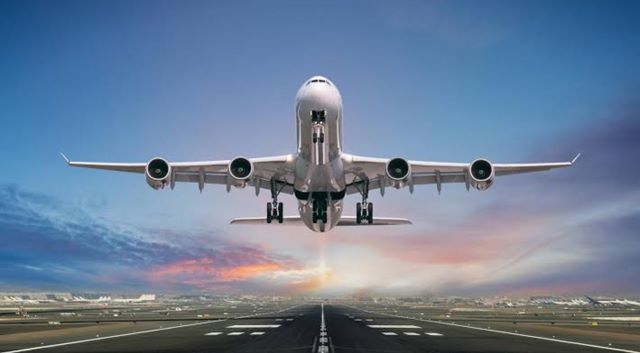Indian Government’s New Wi-Fi Rules: What Every Traveler Should Know

New Delhi: The Indian government has recently outlined fresh regulations for in-flight Wi-Fi, permitting passengers to connect to the internet only once the aircraft reaches 3,000 meters (10,000 feet) in altitude. Issued under the updated Flight and Maritime Connectivity (Amendment) Rules, 2024, this policy aims to boost passenger access to internet services while upholding crucial safety standards.
As per the new guidelines, Wi-Fi access will be enabled only after receiving approval from the cabin crew, allowing devices like smartphones, tablets, and laptops to connect once the plane has reached the designated altitude. “Internet services through Wi-Fi on board will be available when electronic devices are cleared for use in the aircraft,” stated the Ministry of Communications in its official release.
3,000-Meter Altitude Requirement for Wi-Fi Access
The original 2018 Flight and Maritime Connectivity Rules required that mobile communication services be activated only above 3,000 meters, to prevent interference with ground-based networks, including cell signals at lower flight levels. The revised 2024 guidelines maintain this altitude threshold while streamlining connectivity rules to align with safety measures and existing flight protocols.
Under these regulations, service providers are also responsible for ensuring that mobile connectivity adheres to the 3,000-meter altitude limit, supporting safe and reliable internet access for passengers in Indian airspace.
Adopting Global Standards
With these updates, India’s approach to in-flight Wi-Fi now aligns more closely with international practices, where internet connectivity is typically available only after an aircraft reaches cruising altitude and device use is permitted. Passengers flying within Indian airspace will be able to connect to onboard Wi-Fi once the plane reaches the required 3,000 meters and crew permissions are in place.
The government’s move reflects the growing demand for in-flight connectivity, offering travelers enhanced access to the internet without compromising safety during crucial stages of flight. By allowing Wi-Fi access once electronic devices are officially approved, the new rules enable airlines to deliver improved connectivity services while adhering to essential safety guidelines.








